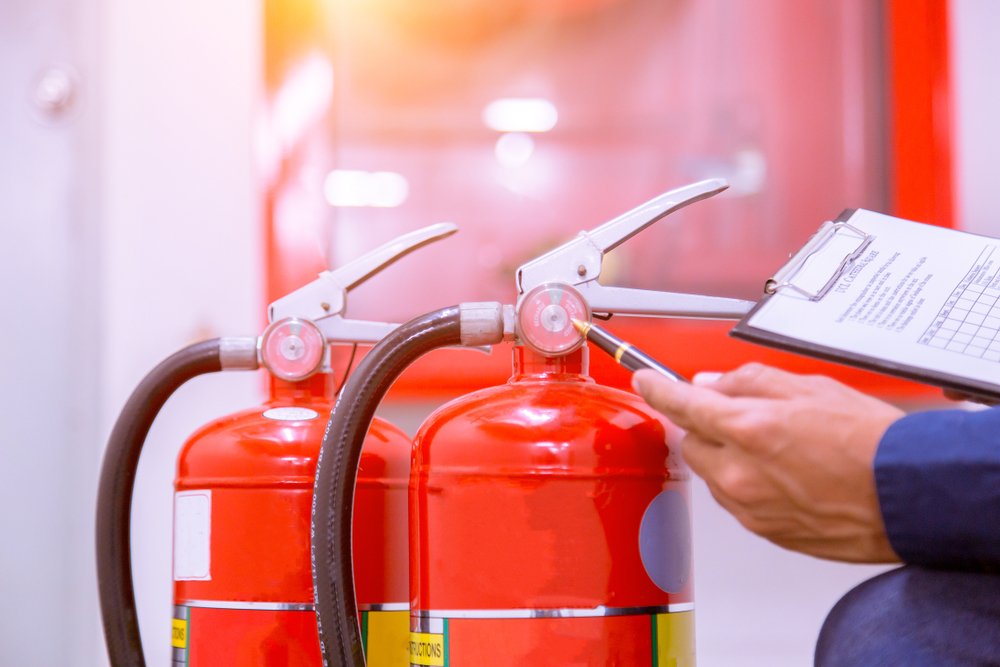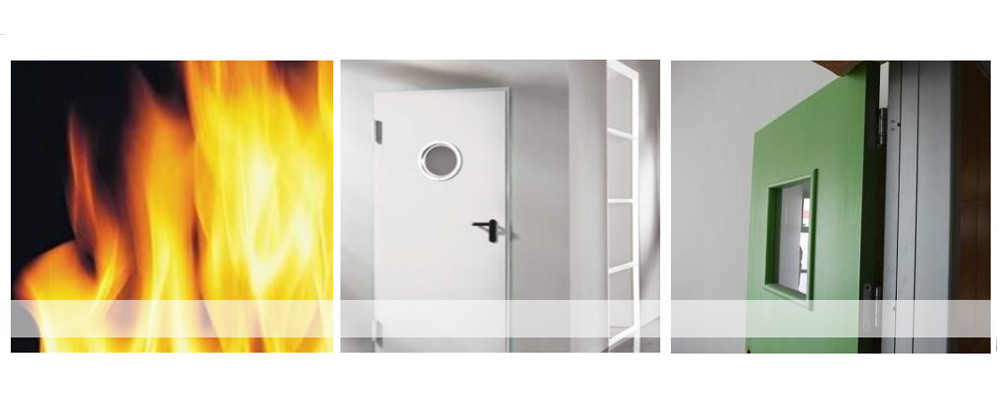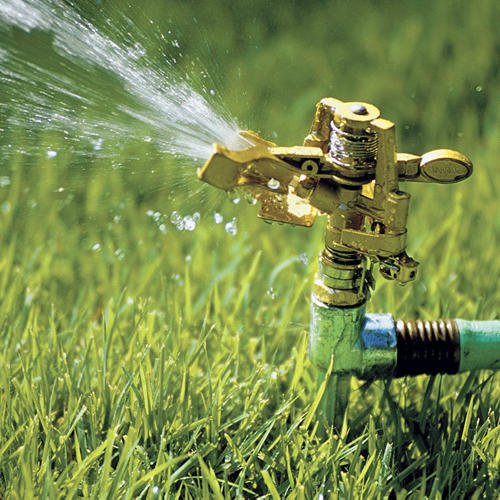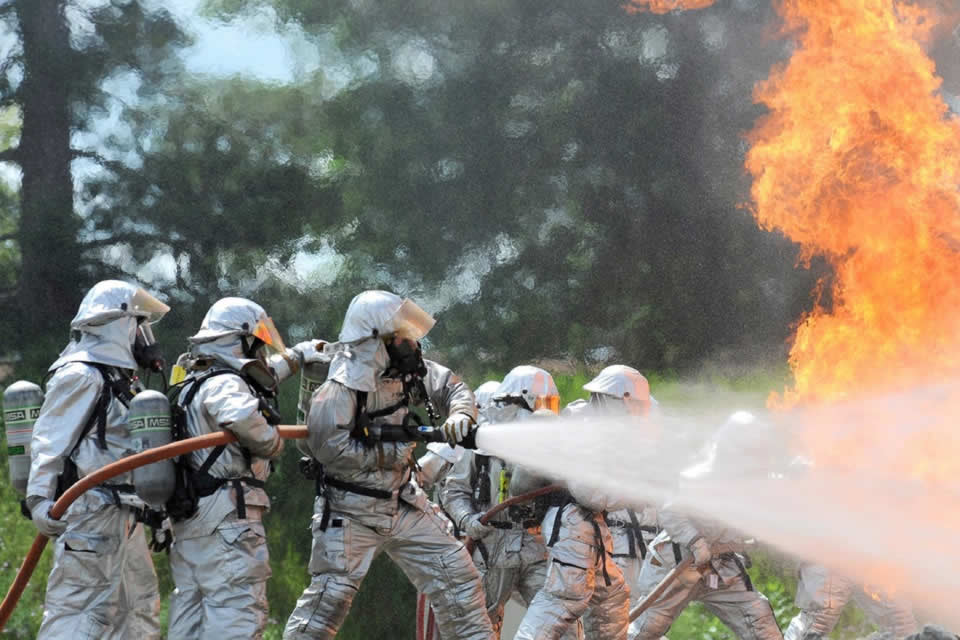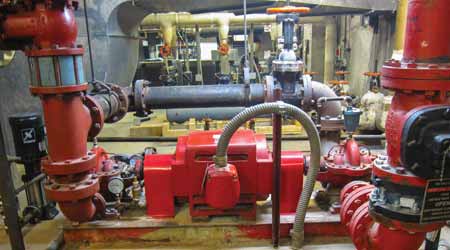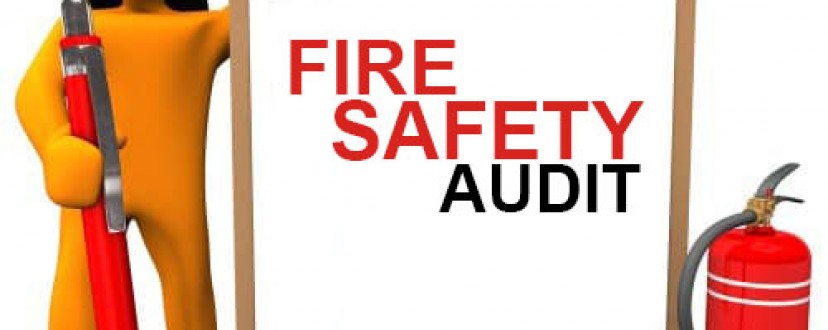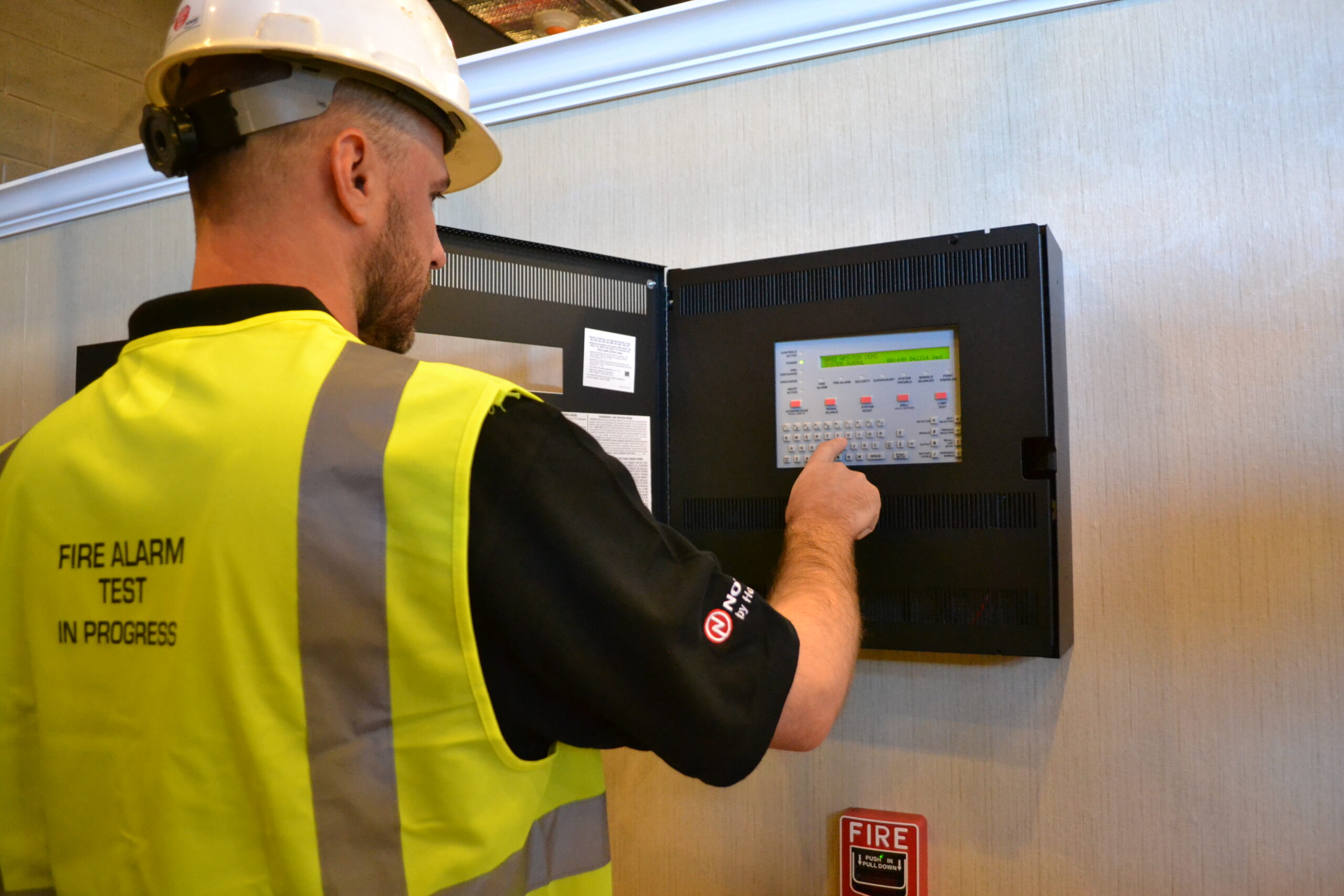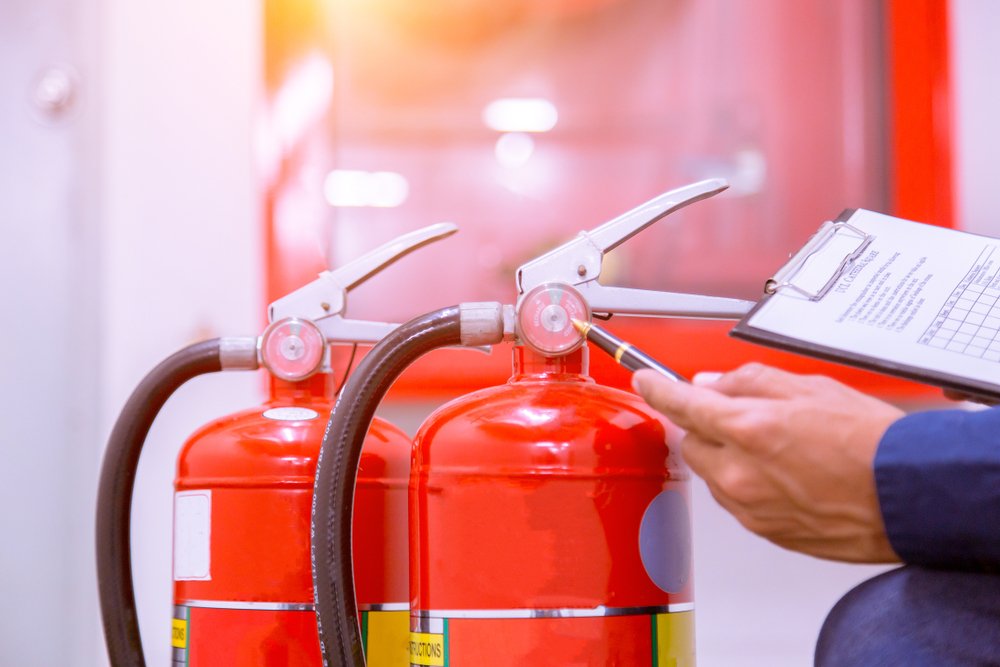The National Fire Protection Association is an international nonprofit organization dedicated to eliminating the hazards of electrical and fire hazards. Their regulations help to ensure that buildings, homes and workplaces are safe. These regulations help prevent the spread of fire, electrical and medical emergencies and save lives. NFPA 72 covers a number of topics, including Stacking pile up and fire red line management.
NFPA 72
NFPA 72 is a set of regulations for fire alarm and signaling systems. These regulations are developed by Technical Committees, including Fundamentals of Fire Alarm and Signaling Systems and Testing and Maintenance of Fire Alarm and Signaling Systems. They are designed to protect buildings from fires and to minimize the risk of damage to property and people.
Fire alarms and signaling systems are an important component of fire protection. These regulations establish the type and location of fire alarm systems and specify the maintenance of them. NFPA 72 is the national fire alarm and signaling code and includes the latest requirements for detecting fires, contacting occupants, and communicating an emergency.
In addition to fire alarm systems, NFPA 72 also sets standards for smoke detectors and fire alarm control units. The regulations also specify the placement of notification appliance circuit power extenders and supervising station transmitting equipment. The regulations also require protection for these components in fire alarm systems, as they are used to notify occupants and first responders.
Generally speaking, if a building contains more than 50 people, it is considered an assembly. These are buildings where people gather for entertainment, food, waiting for transport, or other similar uses. Once a structure exceeds 300 people, fire alarm requirements will kick in. However, automatic fire detection and sprinkler systems are exempted from this requirement.
NFPA 72 also defines four different levels of survivability. Each level is associated with a specific level of protection. In addition to these, NFPA 72 also includes a fifth option to reduce the requirements for a two-hour-rated application. This means that 1-hour applications should comply with certain criteria as well.
One of the most important aspects of fire alarm systems is the design of the system. Its purpose is to provide employees with sufficient time to evacuate safely if a fire occurs. However, employers must consider the needs of the employees. They must be alerted within thirty seconds of a fire breaking out. This delay must be accounted for in the emergency action plan. Additionally, a fire alarm system’s design is based on design data, which may be derived from tests or field experience. This data can also be obtained from the manufacturer’s recommendations or a recognized testing laboratory listing.
NFPA 72 Fire Protection regulations require the installation of smoke and heat alarms in all occupancies. In order to comply, it is important to visit your local building department to understand what is required in your local community. The regulations can be confusing if you’re not familiar with them. Fortunately, most communities have adopted International Code Council (ICC) building codes that include the smoke alarm requirements. It is important to discuss the regulations with your local building department official so you don’t miss anything out.
Stacking pile up
When storing piles of materials, there are special fire protection requirements. These include fire protection for exposed steel columns and in-rack sprinklers. These regulations also require that there be special provisions in place for flammable liquids and aerosols in high-piled storage areas. There are specific limitations when it comes to storage areas for piles of materials that are more than five stories high.
These regulations are designed to provide a minimum level of safety for buildings and structures. While the codes do not cover all possible hazards, they do minimize the risks associated with fires. They also provide for the safe evacuation of occupants and access for firefighters. However, they don’t guarantee complete safety, so always comply with the regulations.
Fire red line management
New fire safety regulations have been released to help companies in the construction industry manage their fire safety and comply with the Construction (Design and Management) Regulations 2015. A fire on a construction site can endanger lives and damage properties in the immediate vicinity. Fortunately, the guidance in the new regulation focuses on reducing risks and mitigating damages during the design and construction phase of a project.
Extinguishing equipment
Extinguishing equipment is essential to containing a fire. There are three basic classes of fires: Class A fires involve ordinary combustible materials, Class B fires involve flammable liquids, and Class C fires involve energized electrical equipment. The main difference between the three classes of fires is the type of extinguishing agent used. In a Class A fire, a water-based extinguishing agent is used, which is characterized by a low pH level. This type of fire-fighting agent forms a blanket of foam and helps to prevent the re-ignition of a fire. In addition, the water content is useful in cooling fats and oils. It also minimizes the risk of hot grease or oils splashing onto the operator and reduces the risk of
The regulations require most employers to have fire extinguishing equipment and employee alarm systems in their workplace. This includes employer-established fire departments, such as fire brigades. The requirements for portable fire extinguishers and alarm systems apply to all types of employers, although it is not mandatory in certain industries, such as forest firefighting or airport crash rescue operations.
Depending on the fire type, there are two types of fire extinguishers available: AFFF extinguishers and FFFP extinguishers. AFFF extinguishers are recommended for Class A fires, while FFFP extinguishers are better for Class B fires. However, dry chemical extinguishers should be used with caution in confined spaces or areas with strong air currents.
The equipment must be regularly maintained. This includes the inspection of all components and the testing of all detectors and actuators. All metal alloy automatic sprinklers and fusible links must be checked at a six-month interval. Extinguishing equipment is essential to protect lives and property.
OSHA requires employers to select fire extinguishers based on the type and size of hazards at work. They must also distribute extinguishers according to the distance that an employee must walk to get to a fire extinguisher. For example, Class A fire extinguishers should be within 75 feet of employees.
In a recent decision, the Coast Guard changed the requirements for fire extinguishing equipment on recreational vessels. In contrast to the requirements for commercial vessels, the Coast Guard has removed the NFPA 10 requirements for portable fire extinguishing equipment on recreational boats. The new regulations require operators to keep portable fire extinguishers in good and serviceable condition. The regulations also require a monthly visual inspection, annual maintenance, and recordkeeping of the equipment.

